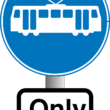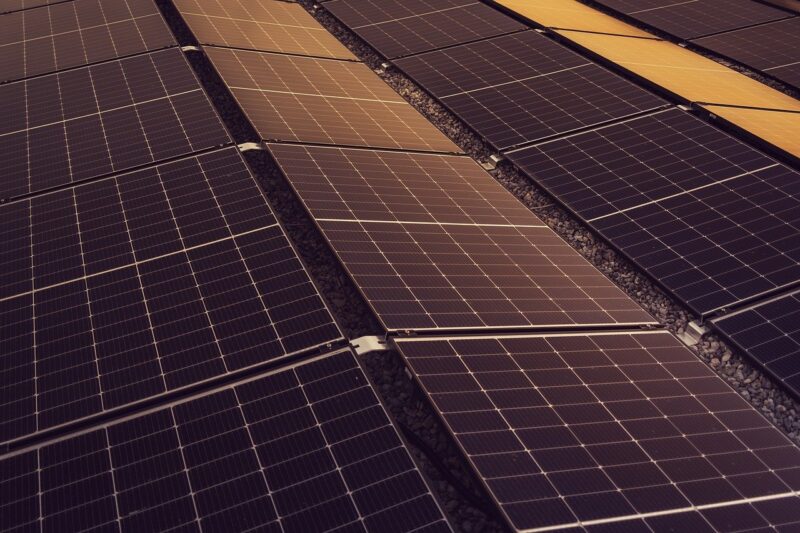In today’s rapidly evolving energy landscape, community solar has emerged as a transformative solution. This innovative approach allows individuals, businesses, and municipalities to harness the benefits of solar energy without the need for a rooftop installation.
Understanding Community Solar
Community solar projects involve a group of people coming together to collectively purchase or lease solar panels in a shared solar farm. The electricity generated by these panels is then distributed among the participants based on their ownership or lease shares.
Benefits of Community Solar
One of the major advantages of community solar is accessibility. It provides a viable option for individuals who might not be able to install solar panels on their property due to renting, shading, or other constraints. Furthermore, it enables more people to participate in the renewable energy movement, reducing their carbon footprint and contributing to a greener future.
Cost-Effective Energy Solution
Community solar can also be a more affordable way to go solar. Participants can purchase or lease a share of a community solar project at a lower cost than installing a rooftop system. Additionally, many community solar programs offer flexible payment options and the ability to transfer your share if you move within the service area.
Supporting Local Economies
Besides the environmental benefits, community solar projects also support local economies by creating jobs and stimulating economic development. They provide an opportunity for local residents to invest in their community’s energy infrastructure and reap the rewards of clean, sustainable energy.
Joining a Community Solar Project
Getting involved in a community solar project is relatively straightforward. First, research local community solar providers and compare their offerings. Once you’ve chosen a provider, you can sign up for a share of a community solar farm, and the energy produced will be credited to your electricity bill.
Conclusion
In conclusion, community solar is a powerful tool in the transition to a more sustainable and equitable energy future. It democratizes access to clean energy, provides cost savings, and supports local economies. By participating in a community solar project, you can take an active role in shaping a cleaner, greener world.
Similar Articles
- Carbon Credits: A Comprehensive Guide to Offset Emissions
- Carbon Insetting: A Comprehensive Guide
- Carbon-Neutral Journeys: Paving the Way Towards a Sustainable Future
FAQs About Community Solar
Community solar is a growing trend in renewable energy, and it is changing how people access clean energy. Here are some frequently asked questions about community solar:
1. What is community solar?
Community solar refers to a shared solar energy system where multiple participants, including individuals, businesses, or organizations, can purchase or lease a portion of the solar panels in a larger installation. The energy generated is then distributed among the participants based on their shares.
2. How does community solar work?
In a community solar project, a solar array is installed in a central location, typically a solar farm. Participants in the community solar program purchase or lease a share of the solar panels. The electricity generated by the entire solar array is then divided among the participants based on their share.
3. Who can participate in a community solar program?
Community solar programs are open to a wide range of participants. This includes homeowners, renters, businesses, and even municipalities. The primary requirement is usually that participants live within the same geographic area or utility service territory as the community solar project.
4. Do I need to install solar panels on my property to participate?
No, one of the main benefits of community solar is that it allows people to access solar energy without installing panels on their property. This makes it an excellent option for those who rent, have shaded roofs, or face other obstacles to rooftop solar installations.
5. How is the energy produced by the community solar project credited to my account?
The energy produced by the community solar project is credited to participants’ electricity bills. This is typically done through a process called virtual net metering, which allows participants to receive credits on their bills for the energy produced by their share of the solar array.
6. What are the benefits of participating in a community solar program?
Community solar offers several benefits, including access to clean energy, potential cost savings on electricity bills, and the ability to support local clean energy development. Additionally, community solar allows participants to reduce their carbon footprint and contribute to a more sustainable energy future.
7. Are there any upfront costs or long-term commitments?
The structure of community solar programs can vary, but many offer flexible payment options and no long-term commitments. Some programs may require an upfront payment or deposit, while others allow participants to lease their share of the solar panels with little or no upfront cost.
8. Can I transfer my community solar share if I move?
Many community solar programs allow participants to transfer their share to a new address within the same utility service area. However, the ability to transfer a share may depend on the specific terms and conditions of the community solar program.
9. How do I find a community solar program in my area?
To find a community solar program in your area, you can start by researching local solar providers and community solar projects. Many utilities also offer community solar programs, so you may want to check with your utility company as well.
Conclusion
Community solar is an innovative solution that is making clean energy more accessible to a broader audience. By participating in a community solar program, you can contribute to a cleaner and more sustainable energy future while potentially saving money on your electricity bills.










